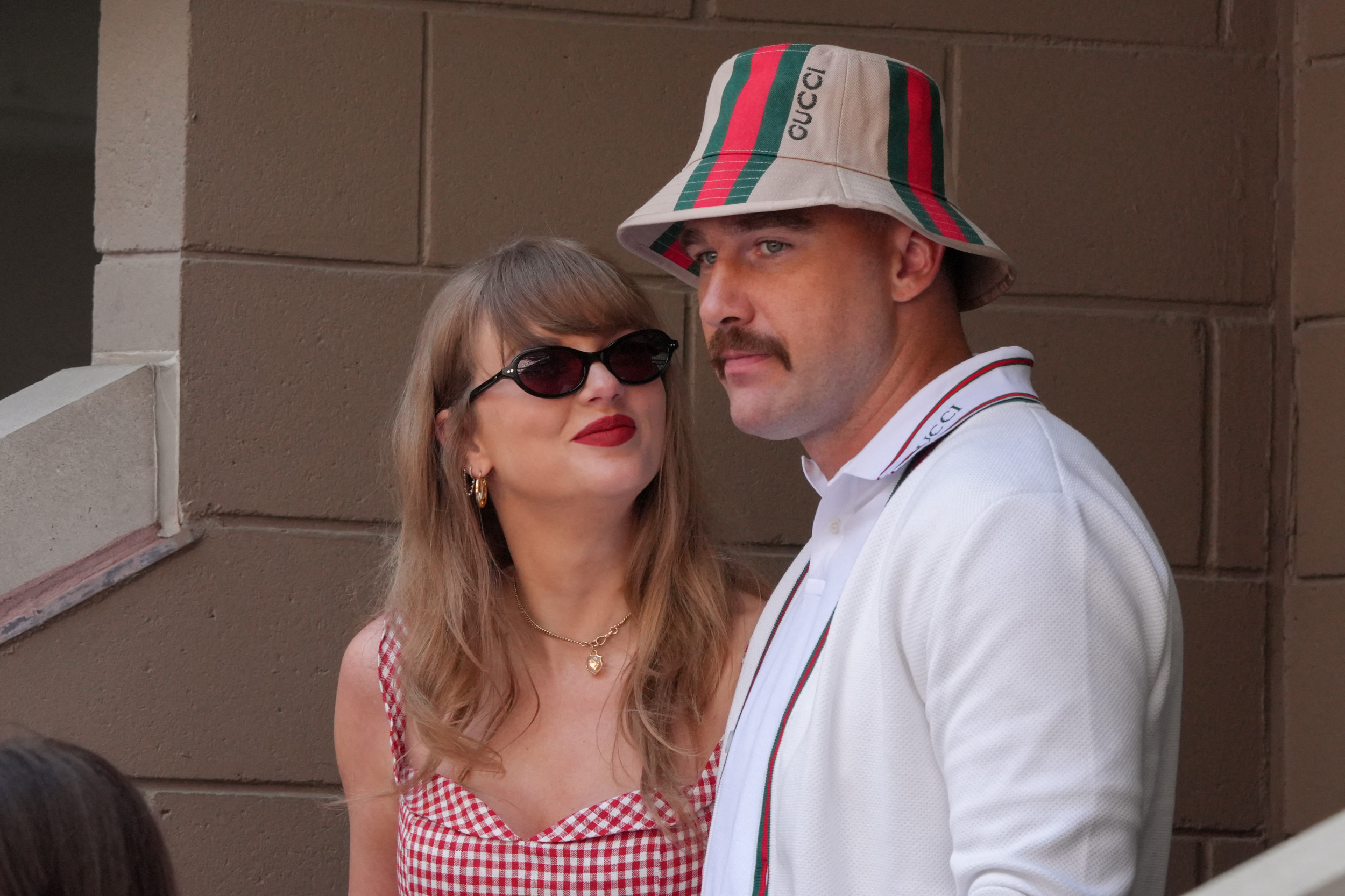The International Space Station (ISS) has once again served as a window into the universe and a hub for groundbreaking research this year.
NASA's latest collection of best science images of 2024 offers a fascinating glimpse into the work that goes on the ISS as it zooms 250 miles overhead at speeds of 17,500 miles per hour.
From breathtaking snapshots of Earth to the nitty-gritty of performing experiments in space, these images encapsulate a year of innovation, exploration and collaboration aboard humanity's orbiting laboratory.
Astronauts Prepare for Solar Eclipse

It seems solar eclipses aren't just huge events down at ground level. Here, astronauts from Expedition 71 have donned eye-protecting glasses in preparation for a solar eclipse on March 26, 2024.
They were able to view the eclipse through the windows in the space station's cupola.
All in all, Expedition 71 captured 630,000 images from their time in space—the most taken on a single mission.
International Space Station Above Lake Michigan

This long exposure shot was captured by astronaut Don Pettit as the space station flew over Lake Michigan. It shows city lights streaking across the Earth and dazzling green and red aurora in the atmosphere.
It's been an impressive year for the aurora, as the sun has reached its maximum point of activity in its 11-year cycle. When the sun is especially active, it spits out more charged particles than usual, which in turn interact with our atmosphere to form auroras.
According to NASA, the astronauts on the ISS observe urban lighting from space to study population density and city expansion.
Free-Flying Robotic Camera

This little thing is a project of the Japanese Aerospace Exploration Agency (JAXA). Photographed in the Kibo laboratory module, the robot is called the JEM Internal Ball Camera 2.
It is designed to autonomously maneuver around the space station, capturing photos and videos as it goes.
Having a robot photographer onboard could free up time for the crew to do other activities, such as conducting more research, NASA said.
Lysozyme Crystals Grown in Space

These tiny red crystals are what's known as lysozymes—proteins present in bodily fluids such as tears and saliva that support immune function.
They were grown in space but are photographed here after their safe return to Earth.
Scientists are investigating the effects of microgravity in space on how crystals are produced, which could have applications in the pharmaceutical industry in years to come.
Tomato Plants Growing in Space

NASA astronaut Jasmin Moghbeli is captured in this image posing next to the Advanced Plant Habitat on the ISS.
Here, the team is growing tomato plants to see how spaceflight and microgravity impact the plants' immune systems and production.
Growing food in orbit is a crucial step toward long-distance space travel.
'Comet of the Century' From the Space Station

Comet C/2023 A3 (Tsuchinshan-ATLAS) graced our skies this year before disappearing off into space for another 80,000 years.
Dubbed the 'Comet of the Century' by some, this image of the visitor from outer space was captured from the ISS as it orbited 250 miles above the South Atlantic Ocean.
Unobstructed by the Earth's atmosphere, the view of the comet in this image is unbelievably clear.
According to NASA, scientists can use crystal-clear images like this to learn more about comets.
A Colorful Bubble of Water

It might look a bit like a planet, but this is actually a demonstration of microgravity in action on the ISS.
To create this image, NASA astronaut Don Pettit added food coloring to a bubble of water as it lay suspended in midair.
The strength of gravity is actually very similar to Earth on the ISS. Instead, the microgravitational effects are created as the space station is in a constant state of falling, just missing the Earth every time.
Do you have a tip on a science story that Newsweek should be covering? Do you have a question about the International Space Station? Let us know via science@newsweek.com.




















 English (US) ·
English (US) ·